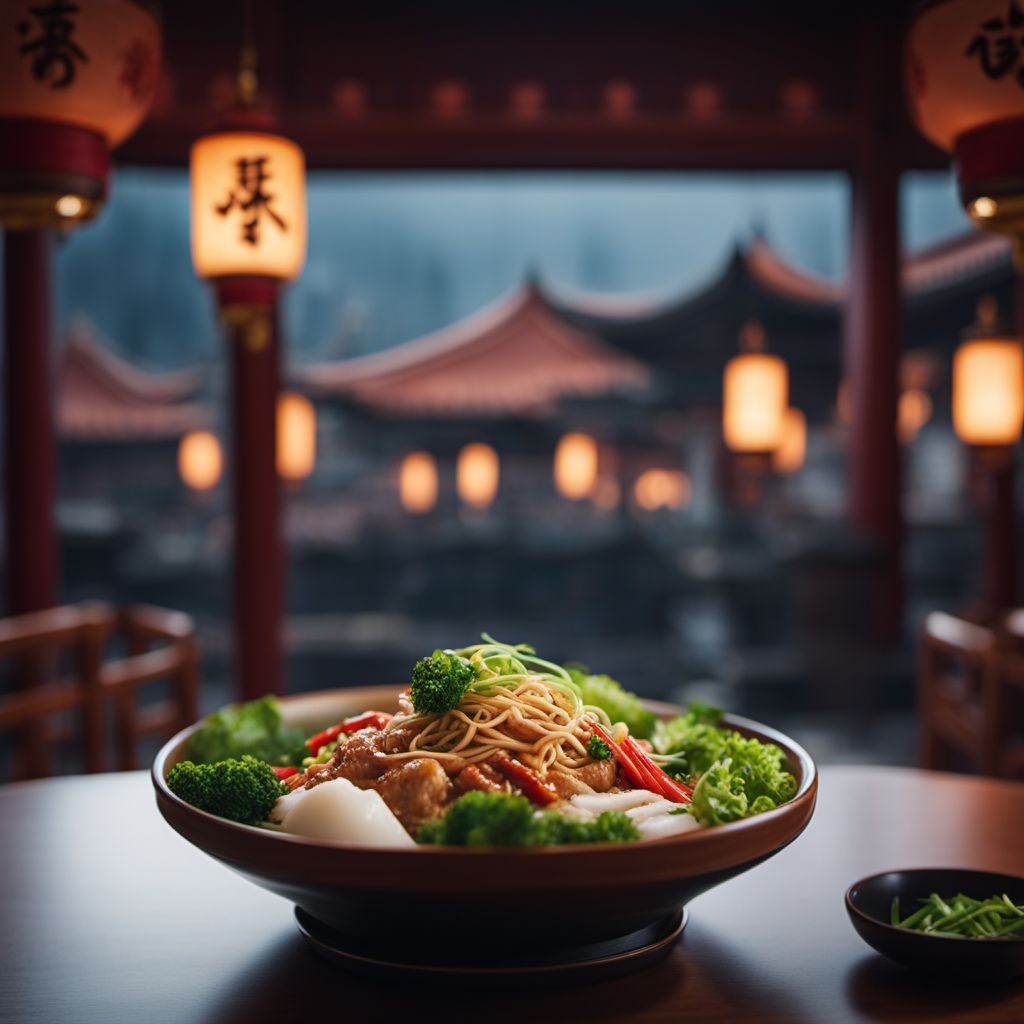
Cuisine
East Asian cuisine
East Asian cuisine is characterized by its emphasis on fresh ingredients and simple preparation techniques. Rice, noodles, and vegetables are staples in East Asian cuisine, and are often flavored with soy sauce, ginger, and garlic. Seafood is also commonly eaten in coastal regions. Soups and stews are popular dishes in East Asian cuisine, and are often made with meat or seafood.
Typical ingredients
Rice, Noodles, Vegetables, Seafood, Pork, Beef, Chicken, Soy sauce, Ginger, Garlic, Sesame oil, Rice vinegar, Sake
Presentation and garnishing
Dishes are often presented in small, individual portions, and garnished with fresh herbs and vegetables.
The national dish of China is considered to be Peking duck, a roasted duck dish that is often served with pancakes and scallions.
More cuisines from this region...
Japanese cuisine, Taiwanese cuisine, Korean cuisine, Hong Kong cuisine, Mongolian cuisine, Macanese cuisine
History
East Asian cuisine has a long history dating back thousands of years. The region's cuisine has been influenced by various cultures over the centuries, including Mongolian, Indian, and European. The introduction of Buddhism also had a significant impact on East Asian cuisine, with many dishes incorporating vegetarian ingredients like tofu and mushrooms.
Cultural significance
Food is an important part of East Asian culture and is often served in small portions to showcase the flavors and textures of each dish. Meals are typically eaten with chopsticks, and rice is a staple in most meals.
Health benefits and considerations
East Asian cuisine is generally healthy, with a focus on fresh ingredients and simple cooking techniques. However, some dishes may be high in sodium and carbohydrates.
East Asian cuisine recipes Browse all »
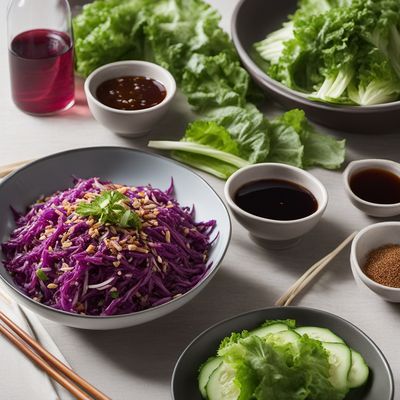
East Asian-inspired Pittsburgh Salad
Sesame-Ginger Pittsburgh Salad with Crispy Tofu

East Asian Style Spicy Beef Stew
Fiery Beef Delight: East Asian Style Spicy Beef Stew

East Asian-inspired Vodnjanski Pampagnac
Savory East Asian Twist: Vodnjanski Pampagnac with a Flair

East Asian Rice Pudding
Silky Smooth Rice Pudding with an East Asian Twist
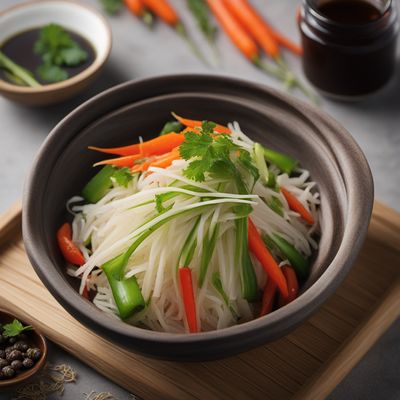
East Asian Pickled Vegetables
Tangy and Crunchy East Asian Pickled Vegetables

East Asian Sweet Potato Pie
Savory and Sweet: East Asian Sweet Potato Pie
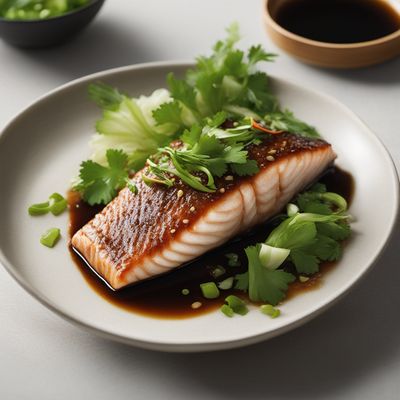
East Asian-style Steamed Fish with Soy Ginger Sauce
Ginger-infused Steamed Fish: A Delicate East Asian Delight
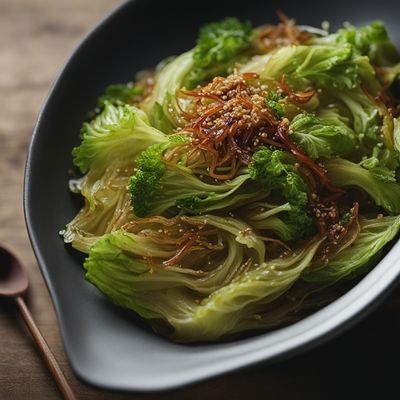
East Asian Style Braised Cabbage
Umami-infused Cabbage Delight
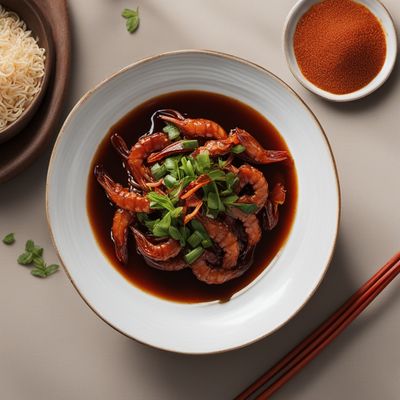
Homemade East Asian Style Shacha Sauce
Umami Explosion: East Asian Shacha Sauce

Roti Sardin with a Twist
Savory Sardine Stuffed Pancakes

East Asian-inspired Crispy Sesame Bread
Sesame-infused Crispy Bread Delight

Orecchiette with Stir-Fried Bok Choy
Savory Fusion: Orecchiette Stir-Fried with East Asian Flavors